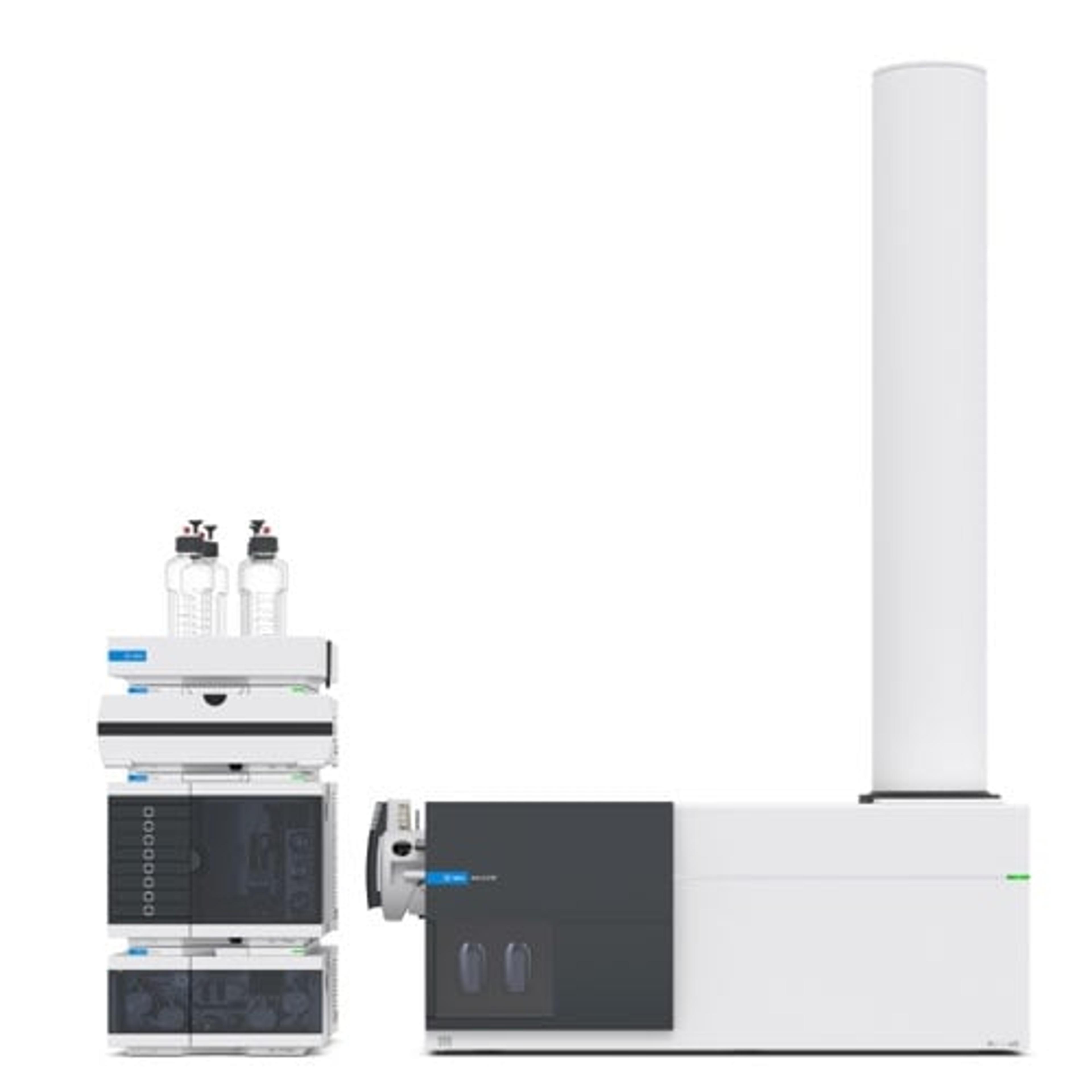Food safety: Tackling the global PFAS contamination crisis with mass spec
Marco Zhong, Director of the National Reference Laboratory for Food Contact Material, discusses ‘forever chemicals’ and why effective FCM testing is more important than ever
23 Dec 2020
Increased awareness around the potential threat to human health of perfluoroalkyl and polyfluoroalkyl substances (PFAS) has led to an increased need for effective monitoring.
In this exclusive interview, we speak with Marco Zhong, Director of the National Reference Laboratory for Food Contact Material, Guangdong, to find out more about the PFAS contamination crisis and how these commonly used synthetic chemicals, found everywhere from cookware to food packaging, have been linked to cancer, liver damage, obesity and other health risks.
Zhong also reveals how his collaboration with Agilent has helped him achieve his goal to improve testing of food contact materials (FCMs) and highlights how he aims to advance non-intentionally added substances (NIAS) testing by continuing to break down scientific boundaries to protect public wellbeing.
SS: Tell us a bit about your work and the importance of studying food contact materials
MZ: I have worked with FCMs for over 20 years and my role is to analyze food contaminants that are present within FCMs. The main purpose of my laboratory is to provide technical support to government agencies, as well as food industries. In addition to this, I also run many research programs to help identify and quantify harmful substances found in FCMs, including harmful substances that migrate from FCMs into the food we eat. I am also involved in running educational programs that are designed to help raise public awareness regarding the safety of FCMs.
SS: Why are PFAS becoming a growing concern?
MZ: PFAS is a hot topic, not only for the industry but also for the consumers. PFAS are a group of manmade chemicals, with perfluorooctanoic acid (PFOA) and perfluorooctanesulfonic acid (PFOS) being the most common. PFAS have been applied in various industries across the globe, and they can easily migrate into the air, food, and water. Thus, people could be exposed to these PFAS chemicals through food packaging and industry exposure.
We are becoming more concerned about the risk of PFAS because these chemicals may persist in the environment and the human body. This means that these chemicals do not break down and decay, and they accumulate over time. There is evidence showing that exposure to PFAS can lead to adverse human health effects, including liver damage, decreased fertility, obesity, and cancer.
SS: Why is FCM management so important?
MZ: FCMs are materials that are either intended to come into contact with food or are already in contact with food. There are a wide range of materials that can be classified as a food contact material; these include food packaging such as containers, tableware and even coffeemakers. FCMs also facilitate the easy transportation of goods and also serve to protect the integrity of food products by ensuring that food is protected from harmful chemicals, such as bisphenol A. It is also important to note that FMCs do not only play a key role in the food industry, but in the lives of consumers.
We should also keep in mind that the risks from FCMs must be controlled and they should not release chemicals into our food that can cause harm to our health. Unfortunately, keeping these chemicals within safe limits is a growing concern.
SS: What are the biggest challenges you are facing?
MZ: The challenges we are facing are often associated with migration test issues. Migration is the mass transfer of chemicals from food packaging and other FCMs into our food.
Migration testing normally includes two experiments: an overall migration test and a specific migration test. The overall migration test applies to all nonvolatile substances that can migrate from the FCM to the food and is used to measure the inertness of the material, whereas the specific migration test mainly applies to an individual substance. Migration testing is usually performed under conditions that replicate the intended application. Thus, it is crucial and also difficult for us to choose appropriate temperatures, simulants, testing times, and the ratio of surface area to volume.
SS: What tools do you use to help you overcome these challenges?
MZ: Identification and quantification of unwanted compounds found in FCMs are crucial for managing the associated risks. There are hundreds of substances that can be used to produce FCMs, which include ‘intentionally added substances’ termed IAS, and ‘non-intentionally added substances’, termed NIAS.
We prefer to use mass spectrometry to test a large number of IAS or NIAS substances, and we have found it is a very powerful tool. For example, GC-MS can be used to detect volatile substances and semi-volatile substances, while LC-MS can be used to detect non-volatile and all polar compounds, whilst ICP-MS can be used to detect trace elements. We have successfully used LC-QTOF in our research programs to analyze different types of packaging, such as rubber, plastic, and bamboo.
We also use GCxGC to help study mineral oil that might migrate from a food package into food. This test is a tough process, as we need to analyze a mixture of chemicals, which often comprises hundreds of thousands of different compounds. GCxGC is actually a very strong tool in our lab, offering high sensitivity and allows us to complete a mineral oil test with a turnaround time of 30 minutes, rather than 60 minutes as reported.
SS: What do you see as the future developments in this area?
MZ: It is quite challenging to perform FCM testing since migration testing can be influenced by many factors, such as the selection of simulants, testing time, and temperature, etc. More clear guidance is needed to guide future tests. Another area that we expect to improve is the approach that is used for determination of non-intentionally added substances in an accurate and affordable way. NIAS are frequently found in FCMs and the compounds contain a number of impurities and broken down substances. Looking ahead, we need to conduct more research to develop more advanced techniques for how we test NIAS to protect public health.
RA44173.7164351852


